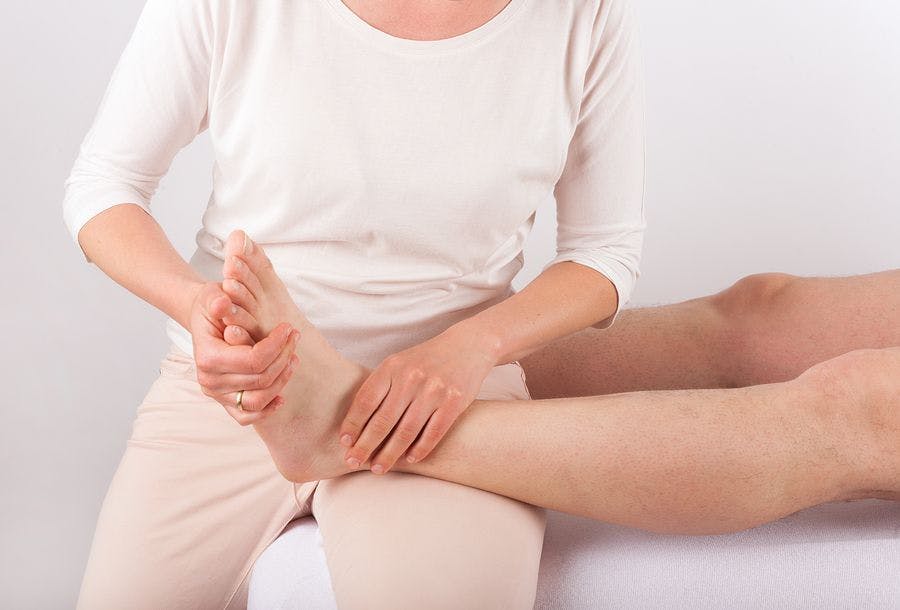I recently had the opportunity to give a presentation on the importance of great toe mobility to a local CrossFit Affiliate Gym Virtuous Fitness. After taking about a month to compile all of the information I wanted to share, I realized, that I had to cut back on about 75% of the material I wanted to speak about.
The first thing that I wanted to do was cover extension of the big toe (1st MTP extension). In and of itself, it does not seem very exciting, but a lot of problems that we encounter with our gait start there. It is actually quite easy to get fooled into thinking we don’t have a mobility problem there when we in fact do. One of the things that I always look for is callus formation on the big toe. If we see a large callus buildup along the inside border the big toe, that is indicative of a gait deviation referred to as “heel whip”. Heel whip occurs when we lack functional extension of the 1st MTP (big toe) and to compensate we whip our heel inward and roll through the inside edge of our toe. While not the sole reason for occurrences of bunions, this is normally a strong causative factor for bunion formation as pressure from the inside (medial) side of the big toe pushing it to the outside (laterally) will cause degenerative changes at the joint level.
So what are we looking for with great toe mobility? Unweighted (open chain) Range of Motion(ROM) should be somewhere in the 65-85 degrees range. Most people are able to demonstrate this kind of motion at the 1st MTP. That is where we run into trouble thinking we don’t have a mobility problem with our big toe. During what is called terminal stance in gait, which is where the limb you are referencing is extended fully behind you and just before you start the forward swinging motion of that same limb, you are utilizing that ROM from the 1st MTP joint, the difference is, that it is weighted (closed chain). The reference point we are looking for with weighted (closed chain) 1st MTP extension is somewhere between 45-65 degrees.
We can look at this two ways:
- We can apply a small amount of pressure to the bottom of the 1st MTP joint and then measure extension; or
- We can have the person stand and pull up on their big toe to measure extension.
For people with limited mobility in their 1st MTP, the result can be shocking. There are times when I have literally not been able to lift the persons toe off the ground due to limitations in the 1st MTP.
So what can we do?
One thing I will always try to hammer home to patients and clients: “Consistency”
Trying to mobilize it or stretch it as hard as you can for a week is not going to make the change you are looking or hoping for. Instead, think more along the lines of comfortable mobilizations, but making them part of your daily routines. If you are going to utilize some of the foot/ankle exercises we talked about and showed during our presentation, I highly recommend doing the mobilizations first, and then doing the exercises so that we can re-train into the new ROM we have gained. Rome wasn’t built in a day, your 1st mtp (or ankle, or hip, etc) didn’t get tight in a day either, and it is not realistic to expect it will completely loosen up in a day either. Consistency!
Here are two things I like to string together for mobilizing the 1st MTP to improve extension:
- Half-kneeling medial and lateral rolling with heel lifted
- Towel roll heel raises with Metatarsal head in contact with the floor (To add a little hot sauce, try focusing on eccentric lowering with only one leg at a time)
I hope you were able to get a little more understanding of the foot and the important role it plays in gait and in the functional movement of our body.
Brett Palmer PT, DPT, CIMT has been treating orthopedic and sports rehab patients for 5 years. He has taken over 300 credits of additional continuing education courses to ensure he has a comprehensive diagnosis and treatment plan for his patients.

